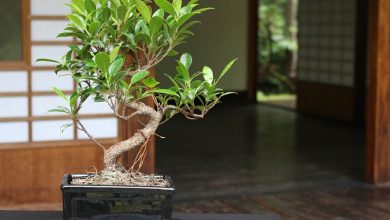Acerola: [Cultivation, Irrigation, Care, Pests and Diseases]
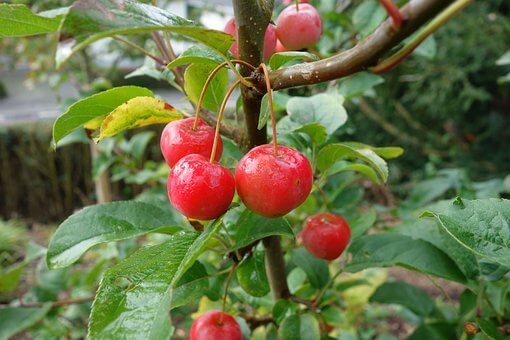
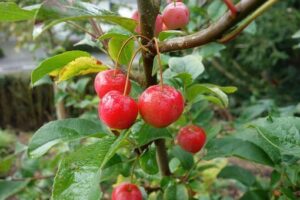 The Malpighia emarginata is a tree native to Central America and is distributed naturally from southern North America to South America.
The Malpighia emarginata is a tree native to Central America and is distributed naturally from southern North America to South America.
It is currently grown in tropical and subtropical countries around the world. The acerola is one of the most ascorbic acid contained in the world, about 20 or 30 times more Vitamin C than an orange.
- Scientific name: Malpighia emarginata.
- Common name: acerola, cherry, manzanita, semeruco, Barbados cherry.
- Height: 4 meters.
- Light requirement: High sun exposure.
- Temperature: Tropical climates.
- Irrigation: Moderate and frequent.
- Compost : Organic matter.
What are the characteristics of the acerola tree?
The branches of the tree are woody, curved downwards and brittle. The leaves are simple, whole, and opposite, dark green in color. They get to measure 4 to 6 cm long and 1.5 to 2.5 wide. The flowers of the acerola are between 1 and 2 cm in diameter and may be white, pale pink, deep pink or red.
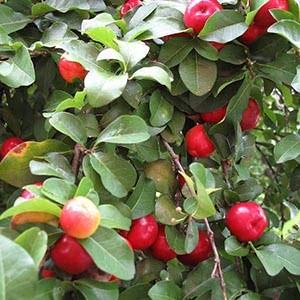
These are grouped in clusters of 3 to 5 buttons, which emerge from the lateral branches and in the axils of the branches. Acerola fruits are fleshy drupes, with smooth and delicate skin, with a slightly acid flavor and red or yellow color. The average size of the fruits is 2.2 cm in diameter.
Likewise, the fruit is produced in the first year of development and reaches maturity in a period of 25 days. Inside it contains an oval seed that measures between 3 and 5 mm.
When to plant acerola?
Where to plant acerola?
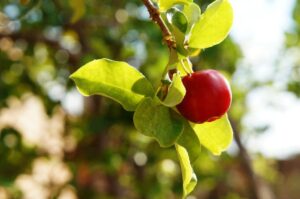 The acerola develops in areas with low altitudes, with temperatures among the 15ºC and 32ºC. It also needs very humid environments, with annual rainfall ranging from 1,200 to 1,600 millimeters per year.
The acerola develops in areas with low altitudes, with temperatures among the 15ºC and 32ºC. It also needs very humid environments, with annual rainfall ranging from 1,200 to 1,600 millimeters per year.
Another important factor when choosing a place to plant acerola is to avoid exposure to strong gusts of wind, as the branches can suffer breakage and loss of flowers and fruits.
How to prepare the land?
Acerola cultivation adapts to different types of soils. The ideal ones are those with medium fertility, either clay-loam or sandy-loam, with a pH of 5.5 to 6.5. They must retain moisture, but drain well to avoid puddles.

Soil preparation begins with decompaction by plowing and raking. The distances and layout of the garden or plantation are then determined. The most recommended range between 5.0 × 3.0 meters and 2.5 × 4.0 meters, due to competition for water and nutrients.

Regarding fertilization, it is recommended to improve the soil before transplanting the seedling by applying 2 kilograms of organic matter mixed with the soil, around the root area.
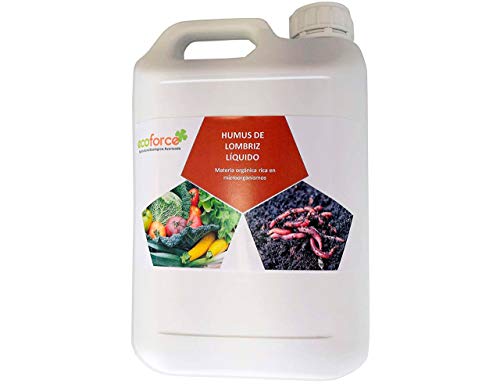
How do we water the acerola?
How often do we water the acerola?
The acerola is typical of humid regions with regular rainfall; therefore, it is necessary to ensure that the substrate is kept moist. This can be checked with a digital moisture meter or by sticking a wooden stick into the ground and checking whether it comes out dry or wet.
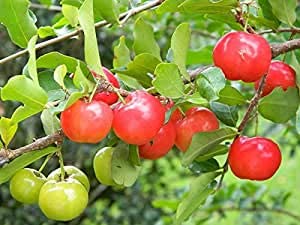
In case the substrate is dry, it should be watered 3 or 5 times a week, especially in the summer . During the rest of the year it can be watered less frequently, every 4 or 5 days.
How to plant an acerola step by step?
Acerola propagation is not very effective through seed. It is most successful when doing it asexually or vegetatively, through cuttings. The steps to grow by cuttings are shared below.
By cuttings
- Cuttings should be taken from adult trees, 3 to 4 years old.
- Cut a branch segment 25 centimeters long by 15 millimeters thick. This segment should have a pair of apical leaves.
- Disinfect the base of the cuttings by immersing them in 0.5% sodium hypochlorite for 20 minutes.
- Apply growth regulators, such as indole butyric acid (IBA) or naphthaleneacetic acid (ANA), to accelerate root growth.
- Sow in containers with vermiculite and sterilized sand at a ratio of 1: 1, in places with low light, cool temperatures and high humidity.
- After 40 to 60 days, transplant the cutting to the garden.
What care does the acerola need?
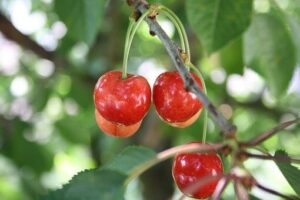 Acerola fruit deteriorates rapidly after harvest. The processing of these small fruits should not exceed 2 days, as they begin to ferment visibly after 4 hours of cutting them.
Acerola fruit deteriorates rapidly after harvest. The processing of these small fruits should not exceed 2 days, as they begin to ferment visibly after 4 hours of cutting them.
On the other hand, pruning is a necessary measure that must be practiced on a recurring basis, be it formation or aeration pruning.
Formation pruning is applied to give the plant architecture and facilitate cultivation. Thinning pruning is used to eliminate badly located shoots that impede the flow of air in the crown, or the penetration of solar radiation to the interior.
What pests and diseases affect acerola?
Among the pests that acerola can suffer are: aphids or aphids ( Aphisspiraecola and Toxopteracitricidus) . It can also be affected by fruit flies (Anastrepha) , zompopas (Atta cephalotes) or spider mites (Tetranychus) .
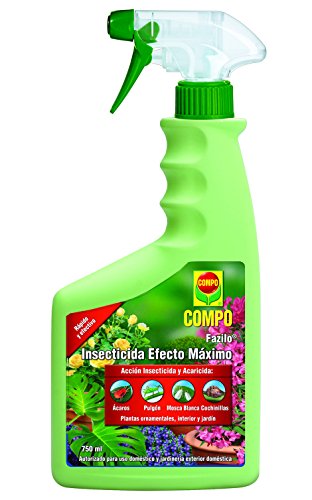
With regard to diseases, acerola can be affected by: anthracnose (Colletotrichum gloesporioides) , chestnut spot (Cercospora) , wilting or root rot (Fusarium oxysporium) , stem disease (Pythium) and nematodes ( Meloidogyne and Pratylenchus).

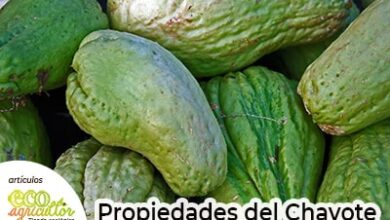
![Photo of Climbing Bignonia: [Characteristics, Care, Planting and Pruning]](https://www.complete-gardening.com/wp-content/uploads/2022/08/climbing-bignonia-characteristics-care-planting-and-pruning-390x220.jpg)
![Photo of Cabbages: [Planting, Irrigation, Care] – Complete Guide](https://www.complete-gardening.com/wp-content/uploads/2022/08/cabbages-planting-irrigation-care-complete-guide-390x220.jpg)
